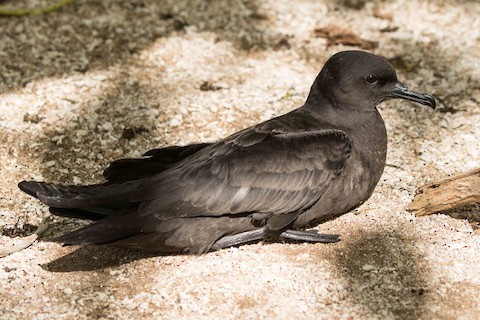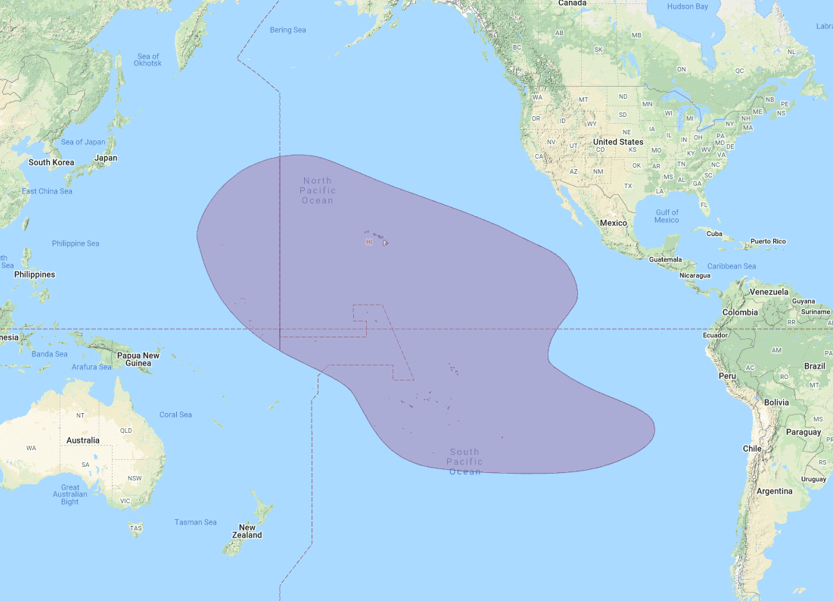Birdfinding.info ⇒ Generally uncommon across most of its extensive range, but locally common around a few of its remote nesting islands, including Kiritimati (formerly Christmas Island), Easter Island, and the Tubuai and Pitcairn Islands. The most accessible place where it can be seen reliably is on Oahu at Makapu’u Point, especially in late afternoon from April to October, in view of its breeding colony on Moku Manu. On Kauai it is seen most often, but rarely, from Makahuena Point in Poipu, and similarly on the Big Island at Keokea Beach Park in Pololu. Apparently regular from March to October in small numbers offshore from the southern tip of Baja California to Panama.
Christmas Shearwater
Puffinus nativitatis
Breeds from eastern Micronesia and Hawaii southeast across Polynesia, and disperses nearly throughout the tropical Pacific.
Breeding. Nests in the open on remote atolls and islets in colonies with other tropical seabirds.
Northern populations breed from April to October on scattered atolls of Micronesia (at least Marcus, Wake, and Johnston) and Hawaii—where the largest colonies are on Laysan (~1,750 pairs) and Lisianski (~500). Smaller numbers nest on Kure (~240), Nihoa (~225), Midway (~200), Kaula (~100), French Frigate Shoals (~50), Pearl and Hermes Reefs (~10), and two islets east of Oahu: Moku Manu (~50) and Moku Luas (~5).
Southern populations breed from October to March in Kiribati’s Phoenix and Line Islands, the Tuamotu Archipelago, the Marquesas, Tubuais, Pitcairns, Easter Island, and Salas y Gómez.
Nonbreeding. Micronesian and Hawaiian breeders disperse from October to March west and southwest across Micronesia and western Polynesia. Probably regular at least west to the Mariana and Iwo Islands, with multiple reports along the coast of Honshu.
Polynesian breeders disperse from March to October mostly eastward to offshore waters from Mexico to Colombia and to some extent westward at least as far as the waters of Fiji and Tonga.
Identification
The darkest shearwater: it has entirely blackish plumage, bill, eyes, and feet.
Medium-sized and evenly proportioned—not especially long or short in the tail and wings. Compared to most other dark shearwaters, its wings are somewhat broad and round-tipped.
When the plumage is worn, it turns browner and in extreme cases in bright sunlight it can appear pale-brown overall.
The undersides of the flight feathers and the adjacent row of coverts are somewhat paler than the rest of the plumage, and can appear silvery-gray or pale-brown.
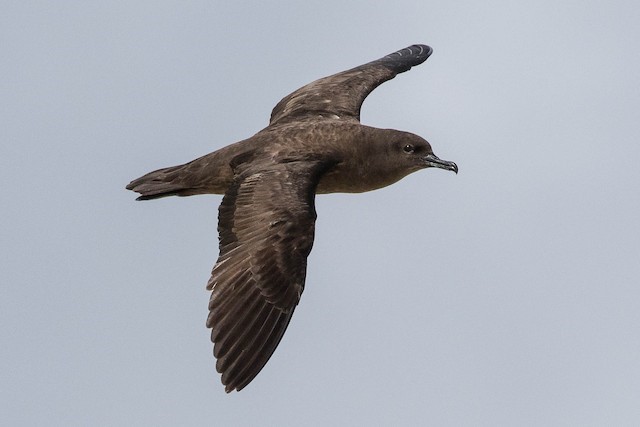
Christmas Shearwater. (Motu Tapu, Kiribati; August 18, 2019.) © Eric VanderWerf

Christmas Shearwater. (Motu Tapu, Kiribati; August 18, 2019.) © Eric VanderWerf

Christmas Shearwater. (Motu Tapu, Kiribati; August 18, 2019.) © Eric VanderWerf
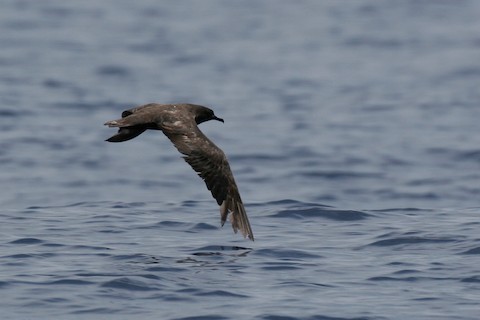
Christmas Shearwater, in worn plumage. (Offshore from Puerto Angel, Oaxaca, Mexico; March 8, 2007.) © Chris Wood

Christmas Shearwater. (Motu Tapu, Kiribati; August 18, 2019.) © Eric VanderWerf

Christmas Shearwater, showing varying shades of brown due to feather-wear. (Offshore from Puerto Angel, Oaxaca, Mexico; March 8, 2007.) © Chris Wood
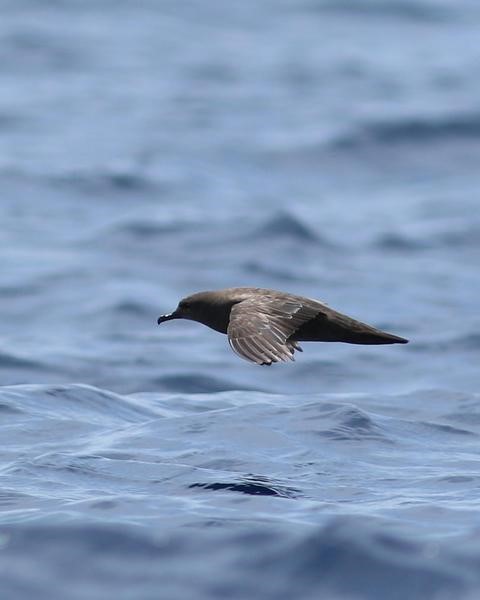
Christmas Shearwater. (Offshore from Playa Herradura, Puntarenas, Costa Rica; April 5, 2017.) © Leonardo Garrigues
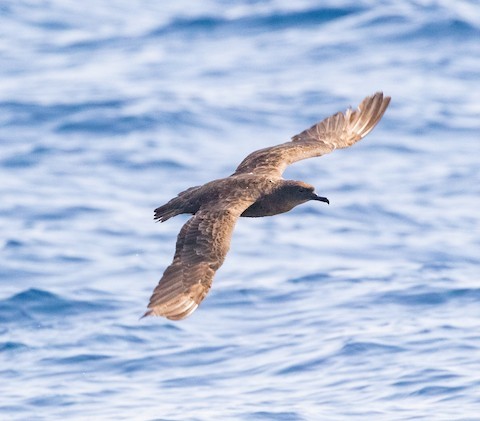
Christmas Shearwater, in worn plumage. (Offshore from the Osa Peninsula, Costa Rica; March 29, 2019.) © Jeff Tingle
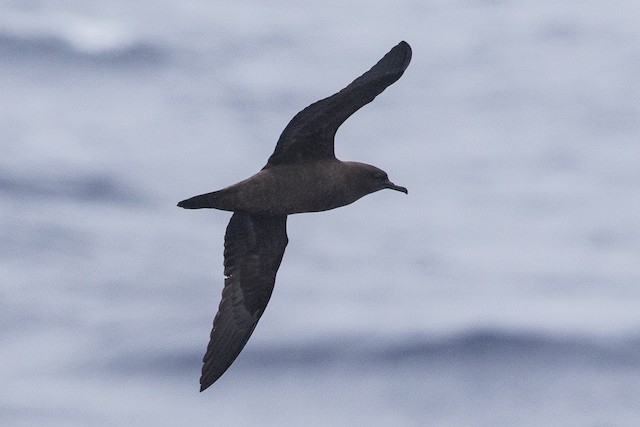
Christmas Shearwater. (Southeast of Nihoa, Hawaii; March 27, 2020.) © Eric VanderWerf

Christmas Shearwater, showing silvery flash on underside of flight feathers. (South of Nihoa, Hawaii; March 31, 2020.) © Eric VanderWerf

Christmas Shearwater. (Laysan Island, Hawaii; February 17, 2012.) © Cameron Rutt
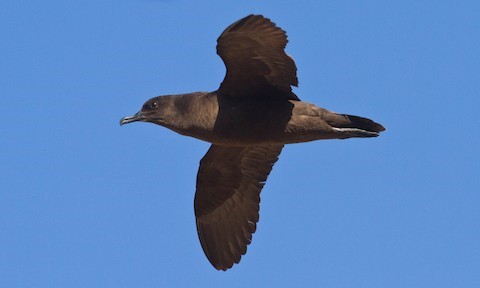
Christmas Shearwater. (Nihoa Island, Hawaii; September 8, 2011.) © Eric VanderWerf
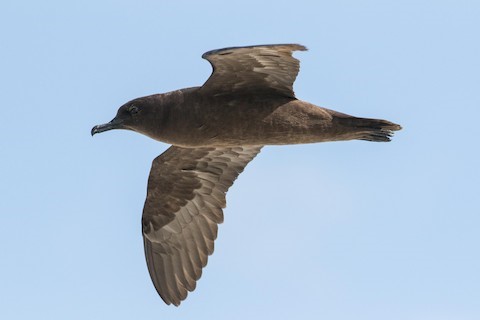
Christmas Shearwater. (Motu Tapu, Kiribati; August 18, 2019.) © Eric VanderWerf
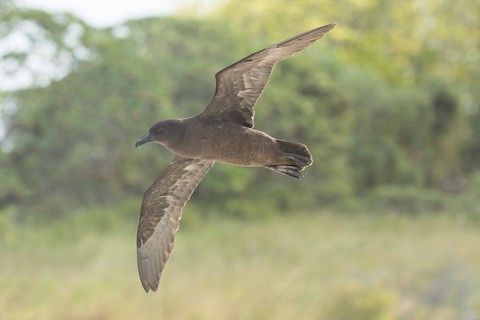
Christmas Shearwater. (Motu Tapu, Kiribati; August 18, 2019.) © Eric VanderWerf
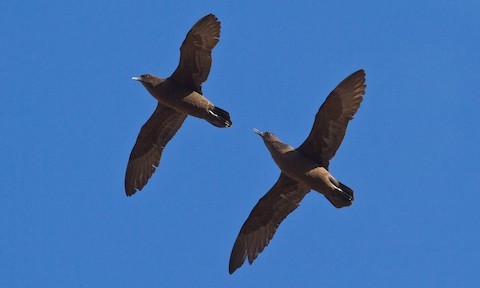
Christmas Shearwater. (Nihoa Island, Hawaii; September 8, 2011.) © Eric VanderWerf

Christmas Shearwater. (Nihoa Island, Hawaii; September 8, 2011.) © Eric VanderWerf
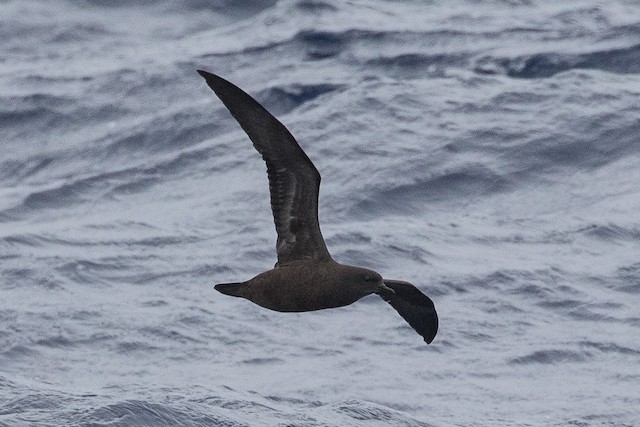
Christmas Shearwater. (Southeast of Nihoa, Hawaii; March 27, 2020.) © Eric VanderWerf
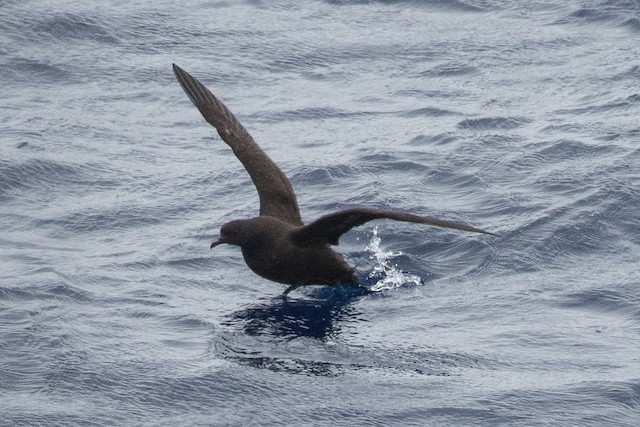
Christmas Shearwater. (Southeast of Nihoa, Hawaii; March 27, 2020.) © Eric VanderWerf
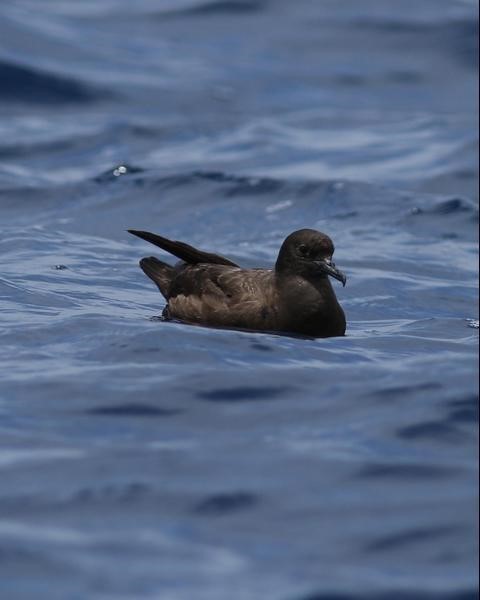
Christmas Shearwater. (Offshore from Playa Herradura, Puntarenas, Costa Rica; April 5, 2017.) © Leonardo Garrigues
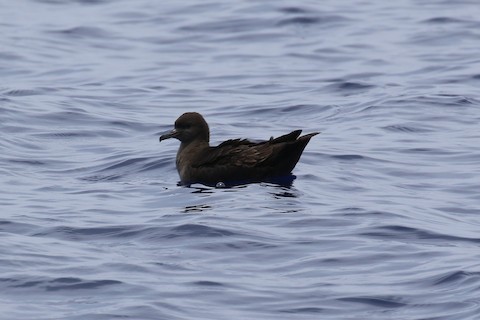
Christmas Shearwater. (Offshore from Kailua-Kona, Big Island, Hawaii; April 14, 2018.) © Joshua Rudolph

Christmas Shearwater, in worn plumage. (Offshore from the Osa Peninsula, Costa Rica; March 29, 2019.) © Jeff Tingle
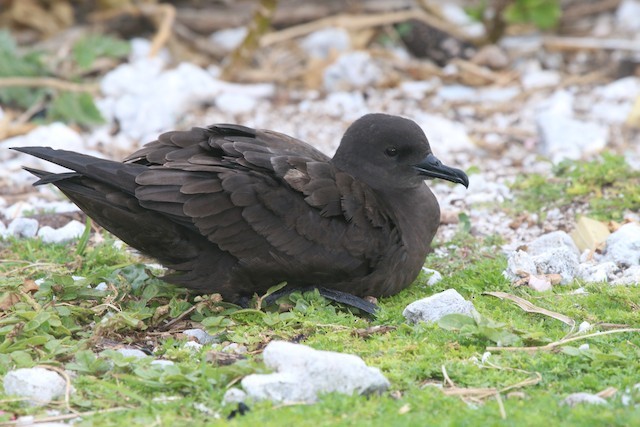
Christmas Shearwater. (Eastern Island, Midway Atoll National Wildlife Refuge, Hawaii; March 31, 2018.) © Jonathan Plissner
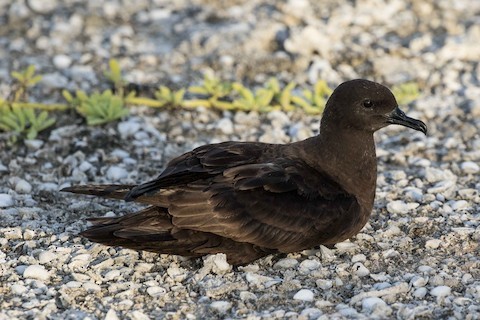
Christmas Shearwater. (Nimroona, Kiritimati, Line Islands, Kiribati; August 15, 2019.) © Eric VanderWerf
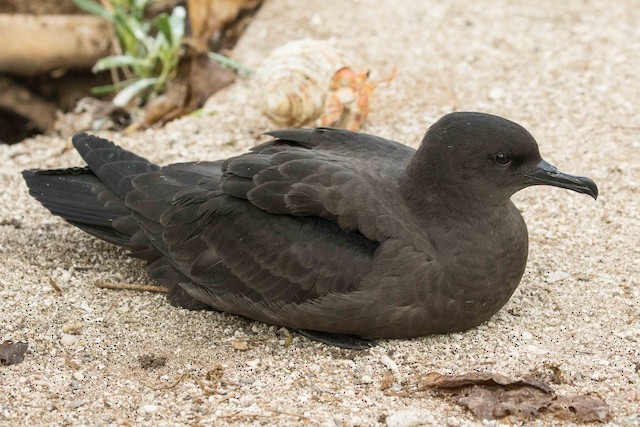
Christmas Shearwater. (Motu Tapu, Kiribati; August 18, 2019.) © Eric VanderWerf
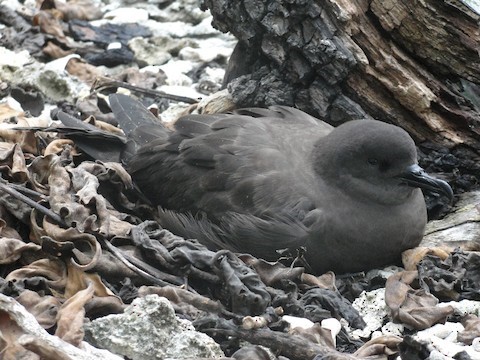
Christmas Shearwater. (Ducie Island, Pitcairn Islands; October 11, 2010.) © Peter Zika

Christmas Shearwater. (Eastern Island, Midway Atoll National Wildlife Refuge, Hawaii; March 14, 2009.) © Steve Tucker
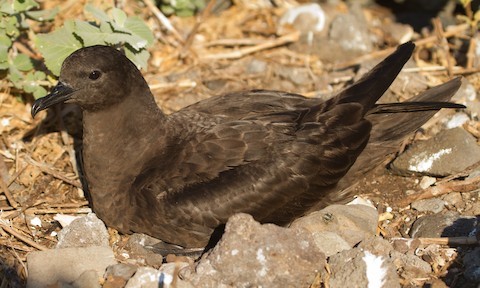
Christmas Shearwater. (Nihoa Island, Hawaii; September 8, 2011.) © Eric VanderWerf

Christmas Shearwater. (Oeno Island, Pitcairn Islands; October 20, 2014.) © Phil Tizzard
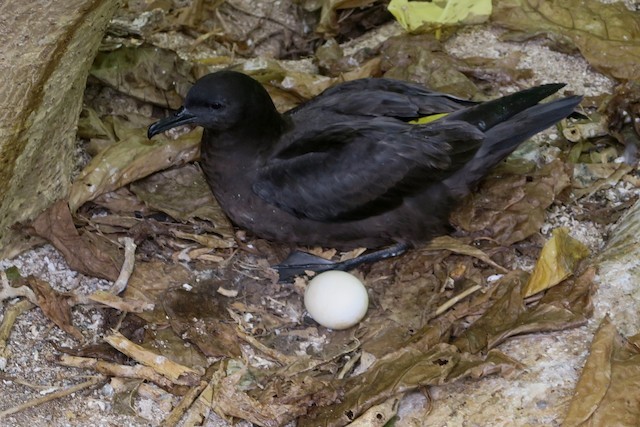
Christmas Shearwater at nest. (Motu Tabu, Kiribati; November 5, 2016.) © John Doty
Cf. Henderson Petrel. Henderson Petrel and Christmas Shearwater overlap widely in the tropical central and eastern Pacific, where they may be more likely to be mistaken for one another than for another petrel or shearwater. Their plumages are approximately the same in most respects, and Henderson is more shearwater-like than most petrels, with proportionately long, thin wings and body. The shape of the bill and facial profile differ objectively: the shearwater has a longer, thinner bill, whereas Henderson has the shorter, thicker bill of a Pterodroma.
Cf. Short-tailed and Sooty Shearwaters. Christmas, Sooty, and Short-tailed Shearwaters overlap widely as Sooty and Short-tailed circulate nearly throughout the Pacific Ocean, and they are similar enough to be mistaken for one another—they are approximately the same size and have roughly the same overall coloration, including dark bills and feet. Christmas’s plumage is usually somewhat darker overall and lacks the white or pale-gray wing-linings typical of Sooty and Short-tailed. The more consistently observable differences between them are in their shapes, proportions, and flight patterns. Christmas is proportionately smaller-bodied, slightly longer-tailed, and has shorter wings—which tend to appear more round-tipped than the others, though this appearance depends on several factors. Christmas flies with a flutter-and-glide pattern that is typical of small shearwaters, whereas Sooty and Short-tailed sail through long arcs more typical of large shearwaters.
Notes
Monotypic species.
References
BirdLife International. 2018. Puffinus nativitatis. The IUCN Red List of Threatened Species 2018: e.T22698222A132636216. https://dx.doi.org/10.2305/IUCN.UK.2018-2.RLTS.T22698222A132636216.en. (Accessed November 23, 2020.)
eBird. 2020. eBird: An online database of bird distribution and abundance. Cornell Lab of Ornithology, Ithaca, N.Y. http://www.ebird.org. (Accessed November 23, 2020.)
Harrison, P. 1983. Seabirds: An Identification Guide. Houghton Mifflin, Boston.
Howell, S.N.G. 2012. Petrels, Albatrosses & Storm-Petrels of North America. Princeton University Press.
Howell, S.N.G., and S. Webb. 1995. A Guide to the Birds of Mexico and Northern Central America. Oxford University Press.
Howell, S.N.G., and K. Zufelt. 2019. Oceanic Birds of the World. Princeton University Press.
McMullan, M., and T. Donegan. 2014, Field Guide to the Birds of Colombia (Second Edition). Fundación Proaves de Colombia, Bogotá.
Pratt, H.D., P.L. Bruner, and D.G. Berrett. 1987. A Field Guide to the Birds of Hawaii and the Tropical Pacific. Princeton University Press.
Pyle, R.L., and P. Pyle. 2017. The Birds of the Hawaiian Islands: Occurrence, History, Distribution, and Status. Version 2 (January 1, 2017). http://hbs.bishopmuseum.org/birds/rlp-monograph/. B.P. Bishop Museum, Honolulu, Hawaii.
Raine, H., and A.F. Raine. 2020. ABA Field Guide to the Birds of Hawai’i. Scott & Nix, Inc., New York.
Xeno-Canto. 2020. Christmas Shearwater – Puffinus nativitatis. https://www.xeno-canto.org/species/Puffinus-nativitatis. (Accessed November 23, 2020.)

